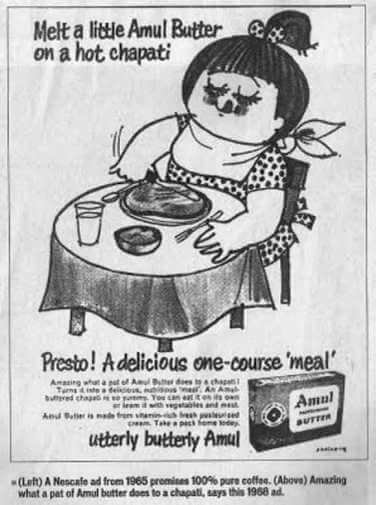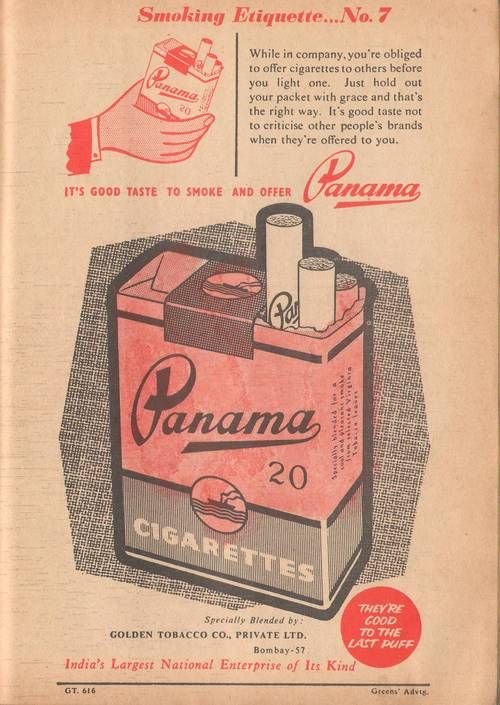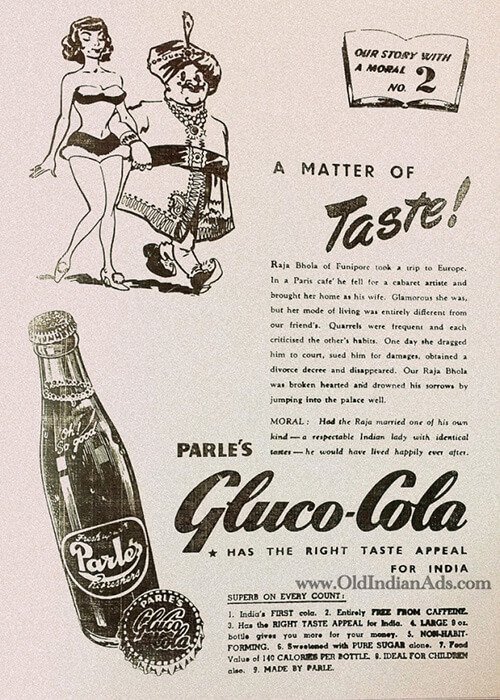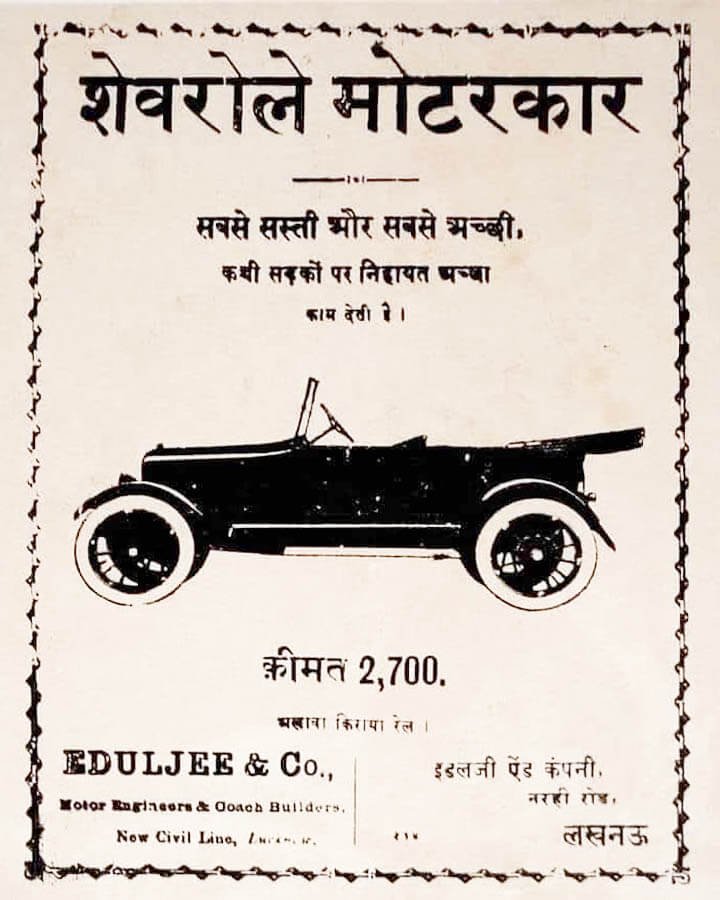
Chevrolet Motor Car India Advertisement
Chevrolet came to India in 1903. An office was set

Chevrolet came to India in 1903. An office was set

Tata Motors (which was TELCO earlier) collaborated with Daimler-Benz to

Established in 1897 Ardeshir Godrej 1897: Godrej & Boyce Mfg. Co
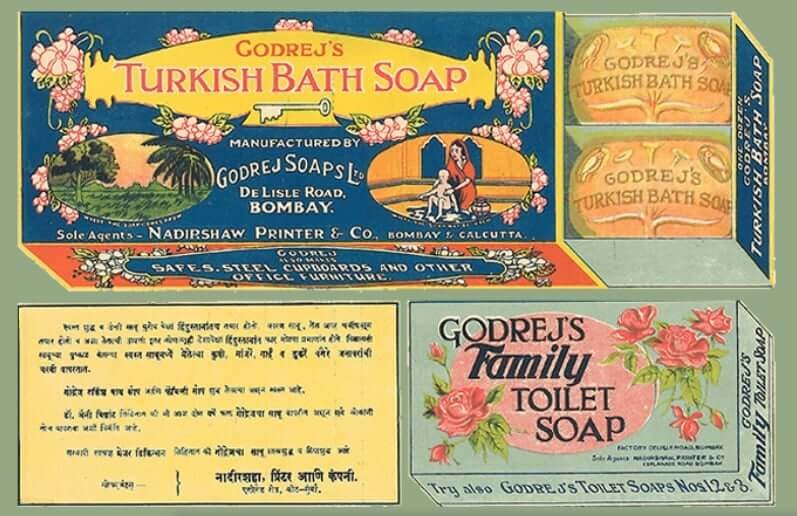
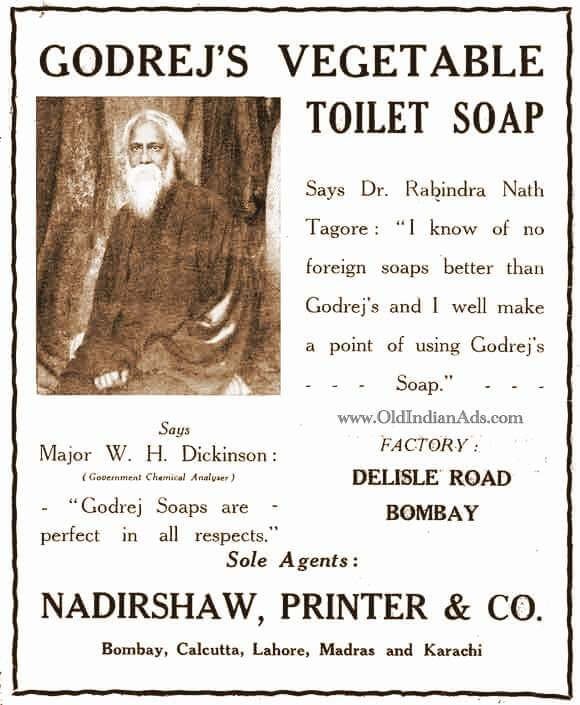
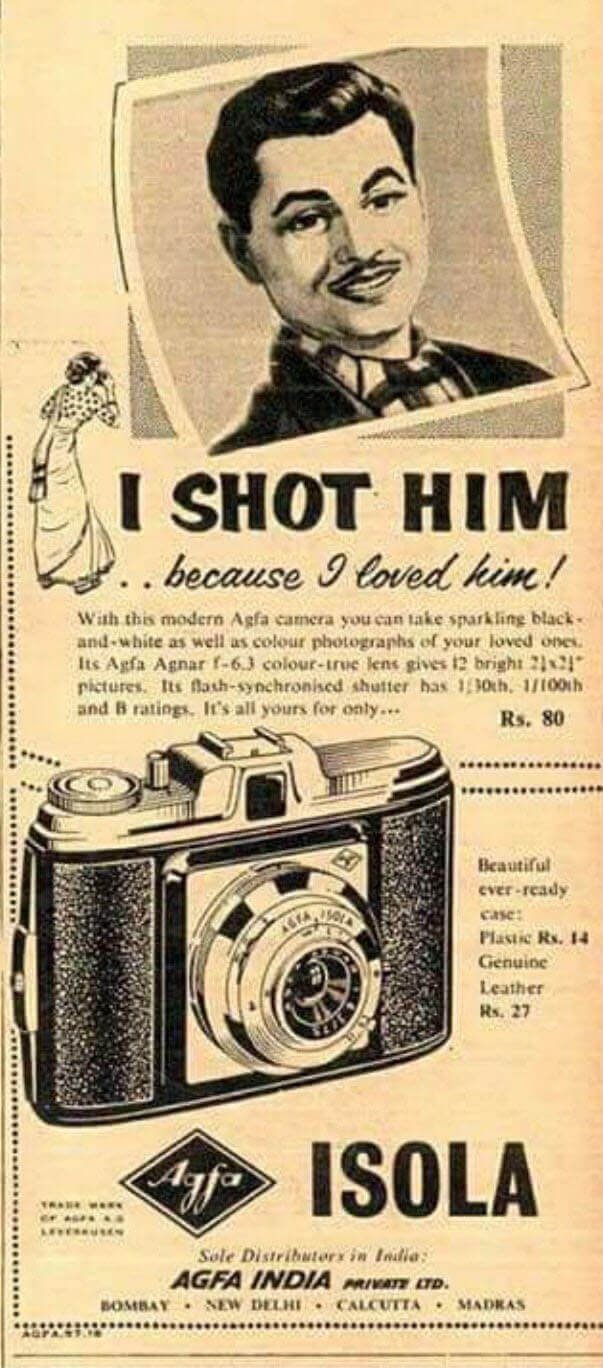
The Agfa Isola was a line of medium format viewfinder cameras made by Agfa in Germany. [1] There
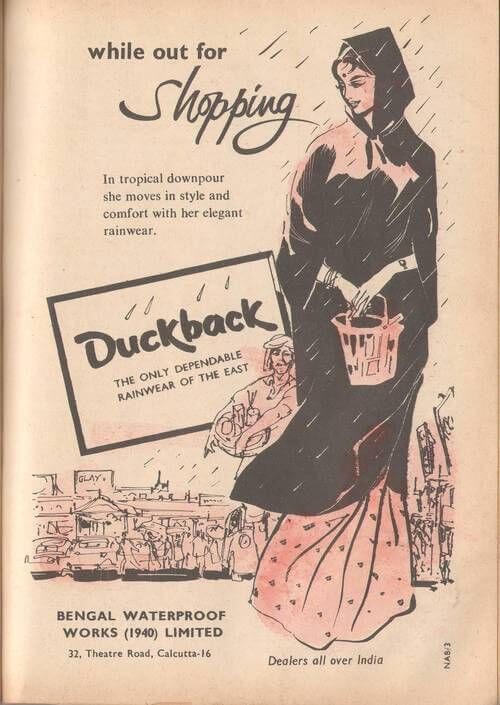
For several generations of Indians, stepping out in the rain
